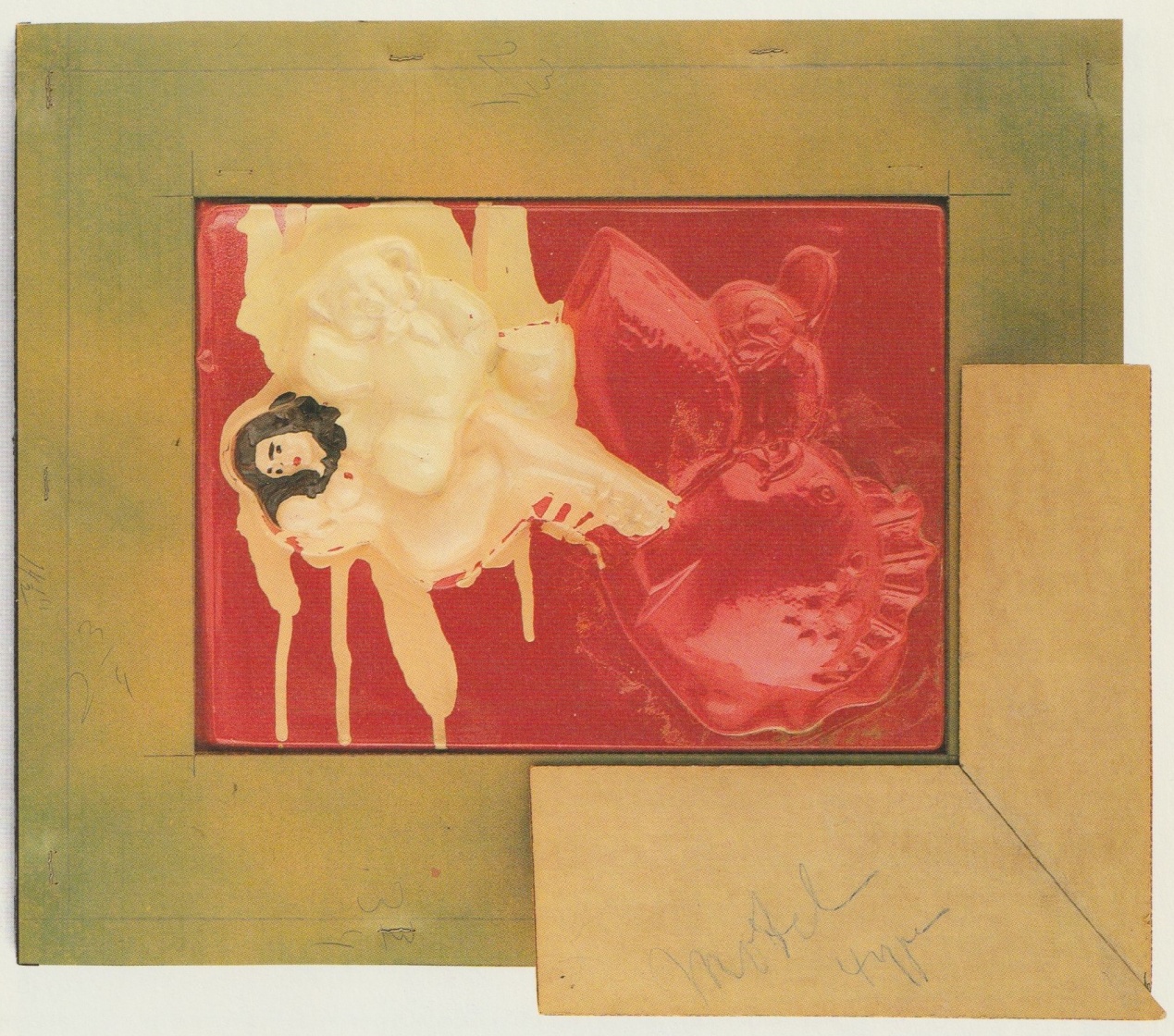Claes Oldenburg, 1929-2022

Claes Oldenburg, the Swedish-born American artist who began his career making funky replicas of everyday consumables out of burlap and plaster, became famous for soft, upholstered models of domestic appliances, and then went on to make monumental sculptures of handheld tools out of brightly colored steel, died in his Manhattan studio on July 18. He was 93 years old.
Although based in New York for most of his professional life, Oldenburg visited Los Angeles for protracted stays several times during the 60s, attracted by the proliferation of a wide range of skilled craftsmen (especially carpenters and upholsterers), tinkerers and inventors who were willing to work with young artists as they tried out new ideas. He first spent time in Venice, CA during the early months of 1964, and in Claes Oldenburg: Multiples in Retrospect, 1964-1990, published by Rizzoli in 1991, he remembered teaming up with one of these smalltime inventors to experiment with vacuum-forming as a modern update on the plaster cast.
“By 1964 the Ray Gun, which was a potent theme in the late 1950s, existed only as a kind of souvenir. There were two kinds of Ray Guns: found and made. The found Ray Gun was an accidental configuration of material, or a combination of materials, in the form of a right angle or gun, picked up in a particular place and seen as an emblem of that place. In California Ray Guns, the found material consisted of decorative reliefs in plaster, bought in a place called Beryl’s Studio on the Santa Monica Pier, that were cut and fitted together to form six variations of Ray Guns.
“I can’t remember whether I made these Ray Guns before discovering the vacuum-forming process or whether they were made in response to it. In any case, their relief construction, with one side flat, was perfectly suited to the process. I had first encountered the plastic-forming technique in a vending machine in California that produced instant toys for seventy-five cents by injection molding. My original aim had been to make a sculpture using this technique until I discovered that a mold might cost around $20,000 to develop, which was far beyond my means at a time when my productions mostly involved simple carpentry and upholstering. While asking around, I was told of the cheaper and simpler vacuum-forming and was referred to a man who had built a small vacuum press in his garage. The process was simple: a heat-softened acetate sheet was formed over a porous plaster cast by drawing the air out through the bottom.
“The forming went quickly, and soon the garage was filled with mass-produced reliefs. The only drawbacks were the weak spots in the acetate caused by the thickness of the reliefs, and the necessary inclusion of the table of the press in each form. No formal edition was made, but in April 1964 I took the California Ray Guns along to New York where I gave some of them away as samples and souvenirs of California technology. I remember Tom Wesselmann got one, as did Andy Warhol. I considered presenting the California Ray Guns like the anonymous, repetitious paintings one finds in motel rooms and tried using a frame on one side of the reliefs I had partly painted with enamel, but I did not follow this direction further.
“Instead, the six California Ray Guns were recast in plaster, sprayed with enamel, and mounted – two each, on three plexiglass sheets – and shown finally as unique sculptures.”
Claes Oldenburg, California Ray Gun: Bear, Woman, Fish. Mock-up for Motel Edition, 1964. Vacuum-formed colored acetate, enamel, cardboard, pencil. 15x17x2 inches